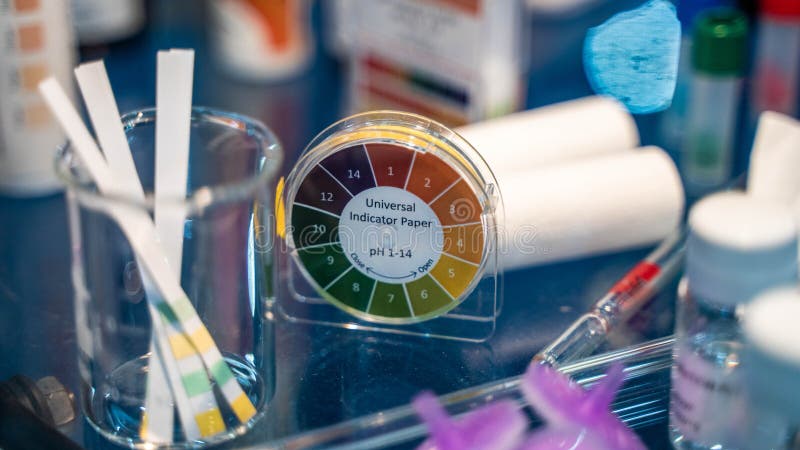
In 1884, Swedish chemist Svante Arrhenius introduced a concept to define acids and bases based on their behavior in aqueous solutions.
Definition of Acid
An acid is a substance that dissociates in water to produce hydrogen ions (H⁺):
HA(aq) ⇌ H⁺(aq) + A⁻(aq)Examples: HCl, HNO₃, CH₃COOH, HCN, HBr, HI, H₂SO₄, H₃PO₄
Why is H⁺ Released?
In these compounds, hydrogen is bonded to an electronegative atom. Upon dissociation in water, the bond breaks to release H⁺.
HCl ⇌ H⁺ + Cl⁻
H₃PO₄ ⇌ H⁺ + H₂PO₄⁻
HClO₄ ⇌ H⁺ + ClO₄⁻
Definition of Base
A base is a substance that dissociates in water to produce hydroxide ions (OH⁻):
BOH(aq) ⇌ B⁺(aq) + OH⁻(aq)Examples: NaOH, NH₄OH, Ca(OH)₂, KOH
Examples
HCl is an acid because it produces H⁺:
HCl ⇌ H⁺ + Cl⁻NaOH is a base because it produces OH⁻:
NaOH ⇌ Na⁺ + OH⁻Note
Properties of acidic solutions (e.g., sour taste) are due to H⁺(aq), while basic properties (e.g., slippery feel) are due to OH⁻(aq).
Modern Statement of Arrhenius Concept
Acid:
A substance that increases the concentration of H⁺ ions in water.
Base:
A substance that increases the concentration of OH⁻ ions in water.
Limitations of Arrhenius Concept
- Only applicable in aqueous solutions; doesn't explain behavior in non-aqueous solvents.
- Free H⁺ and OH⁻ do not exist independently; they form complex ions like H₃O⁺.
- Cannot explain acid-base behavior in the gas phase (no solvent present).
- Cannot define substances like CO₂ (acid) and NH₃ (base) which don’t contain H⁺ or OH⁻.
- Not all OH-containing compounds are bases (e.g., alcohols).
🔗 Other Useful Links
- News By Amurchem
- Free Web Development Course
- All-in-One Exam Prep Portal
- Articles by Amurchem
- Grade 12 Section
- Grade 11 Section
- Grade 10 Section
- Grade 09 Section
- Home and Online Tuition
- Labs By Amurchem
- Science Lectures By Amurchem
© 2025 AmurChem. All rights reserved.





